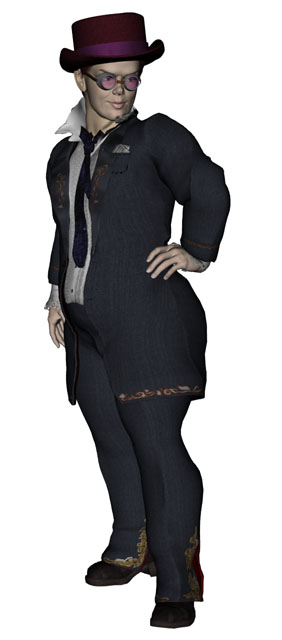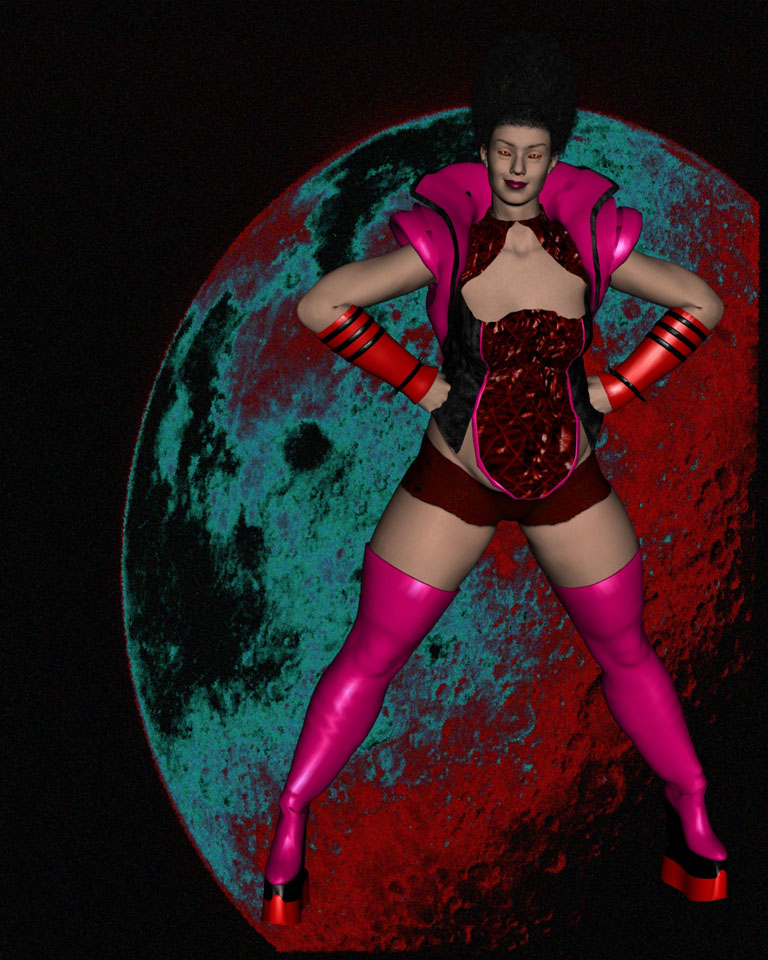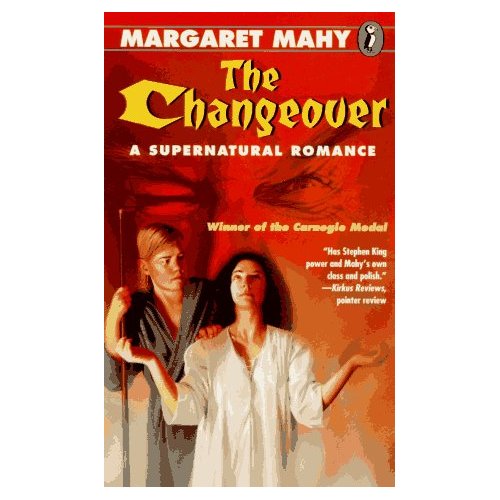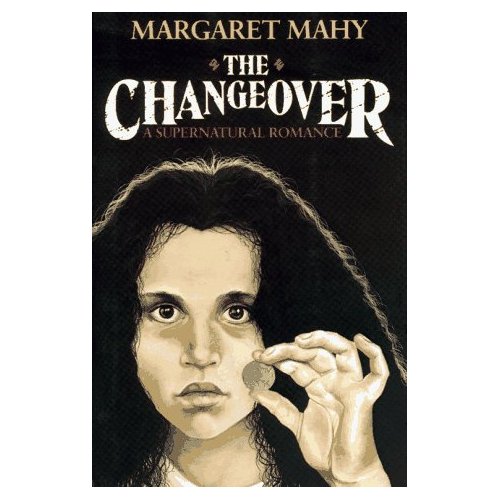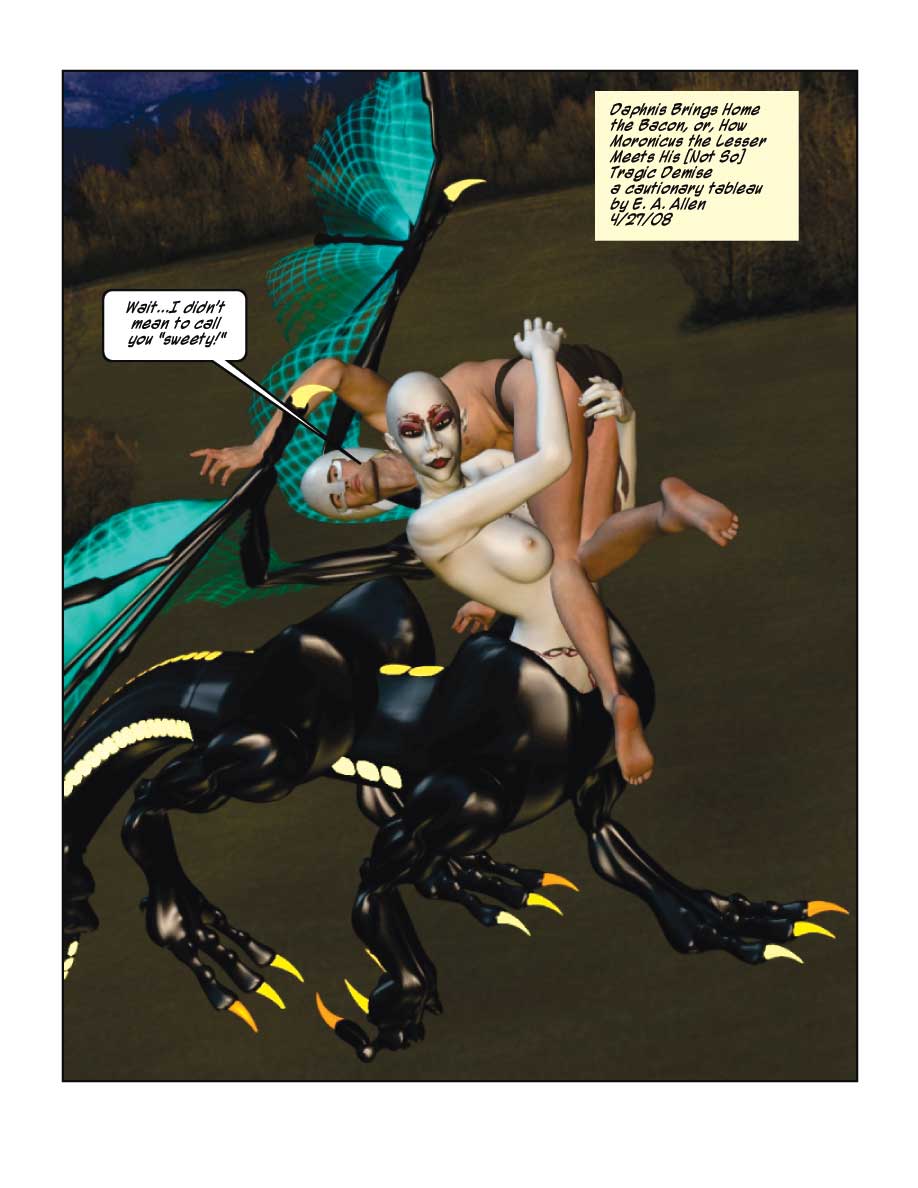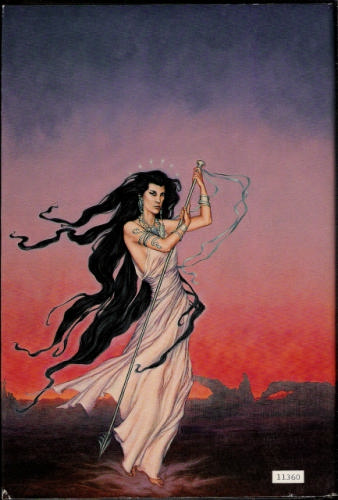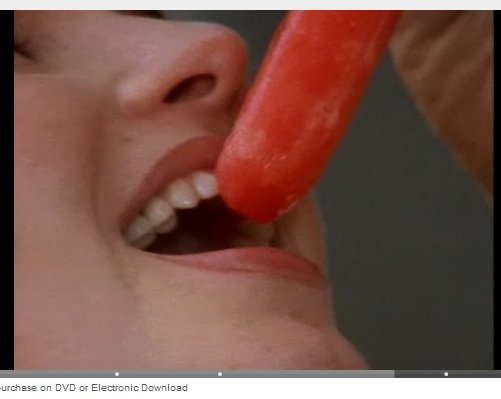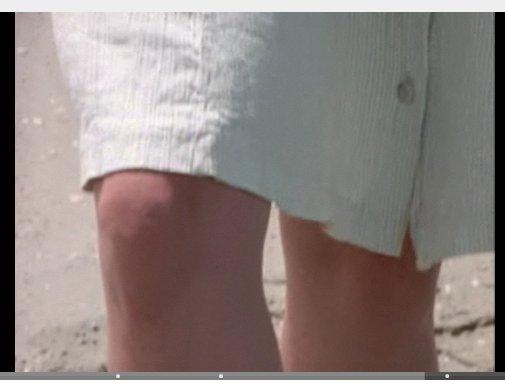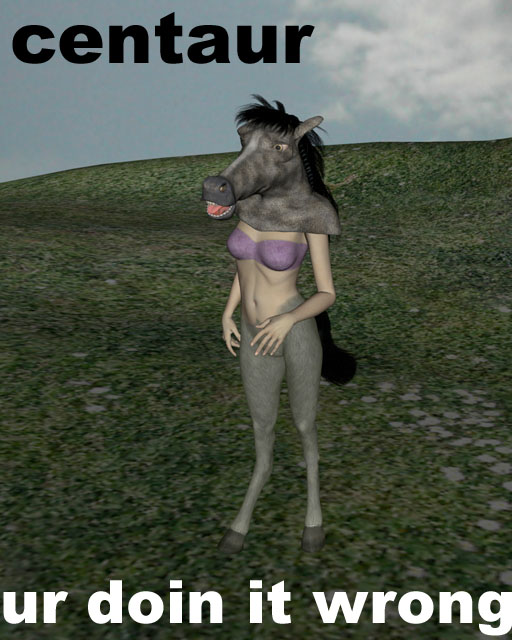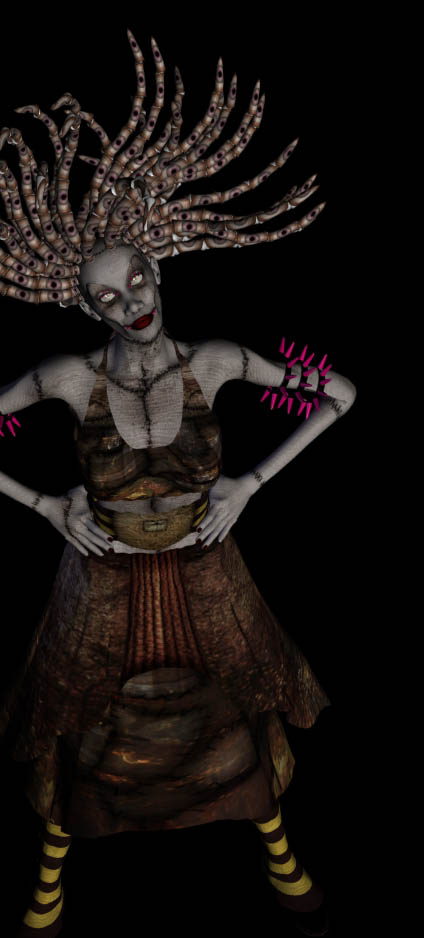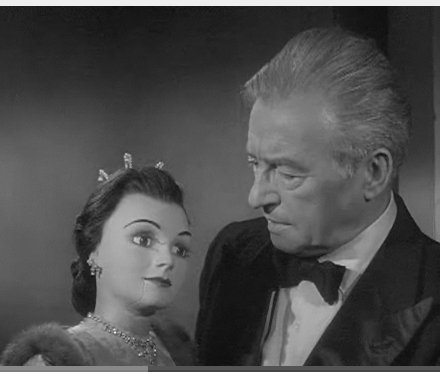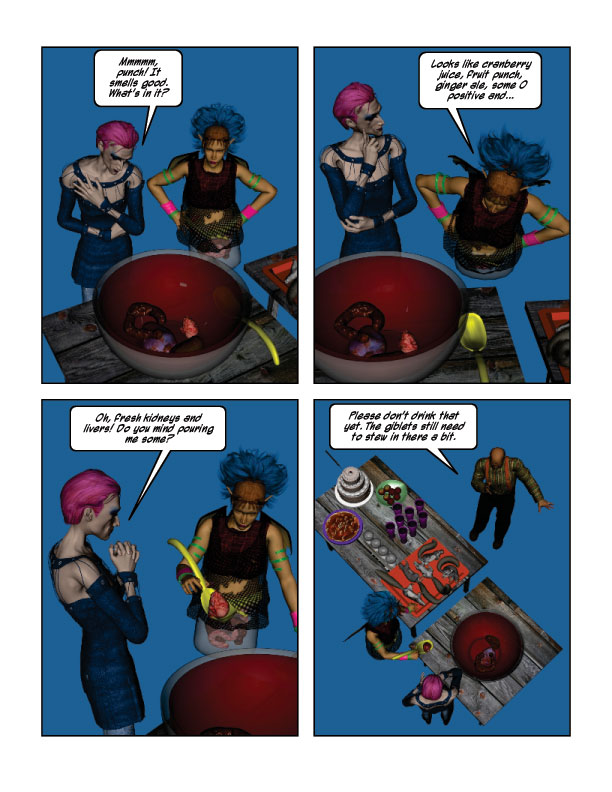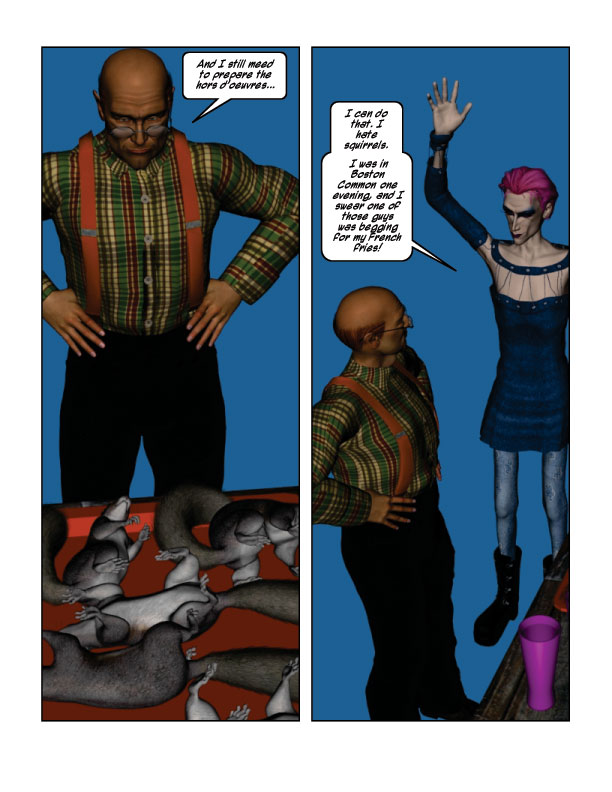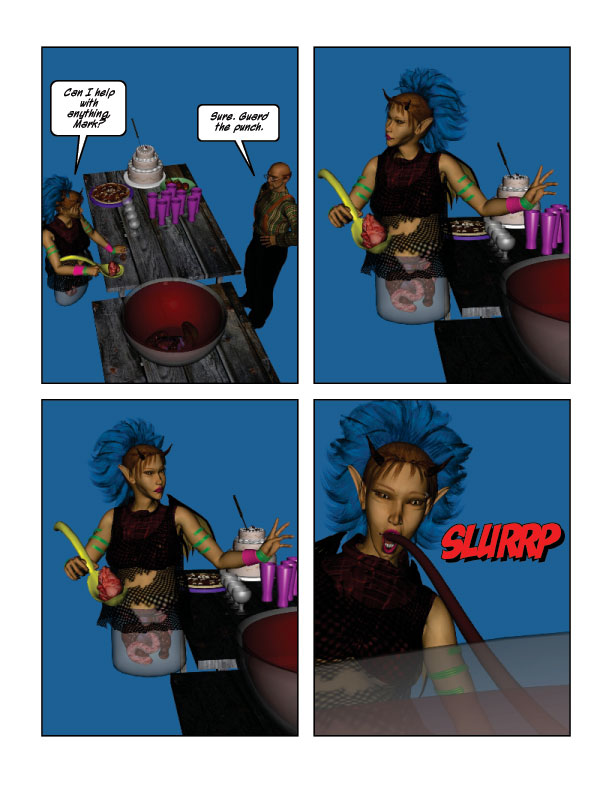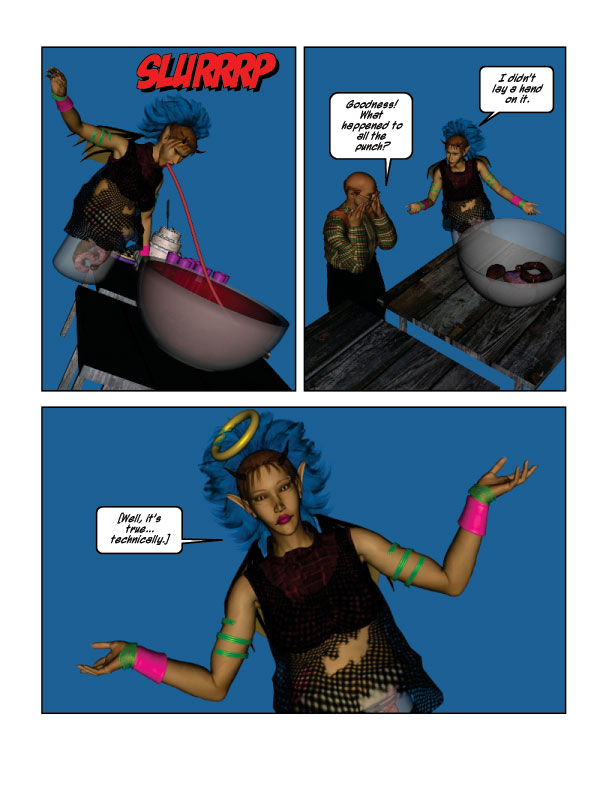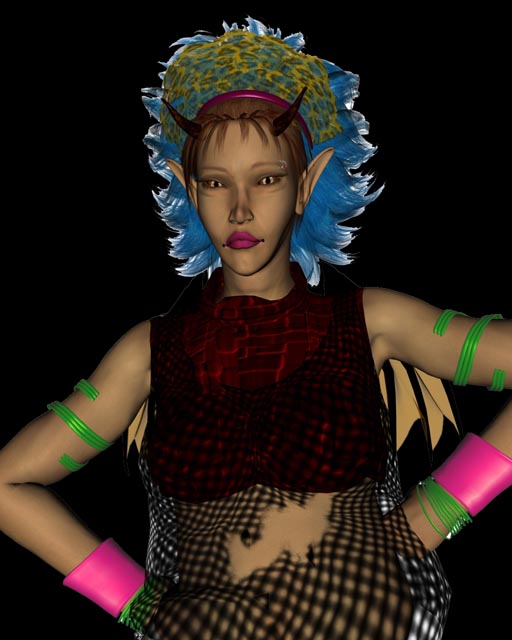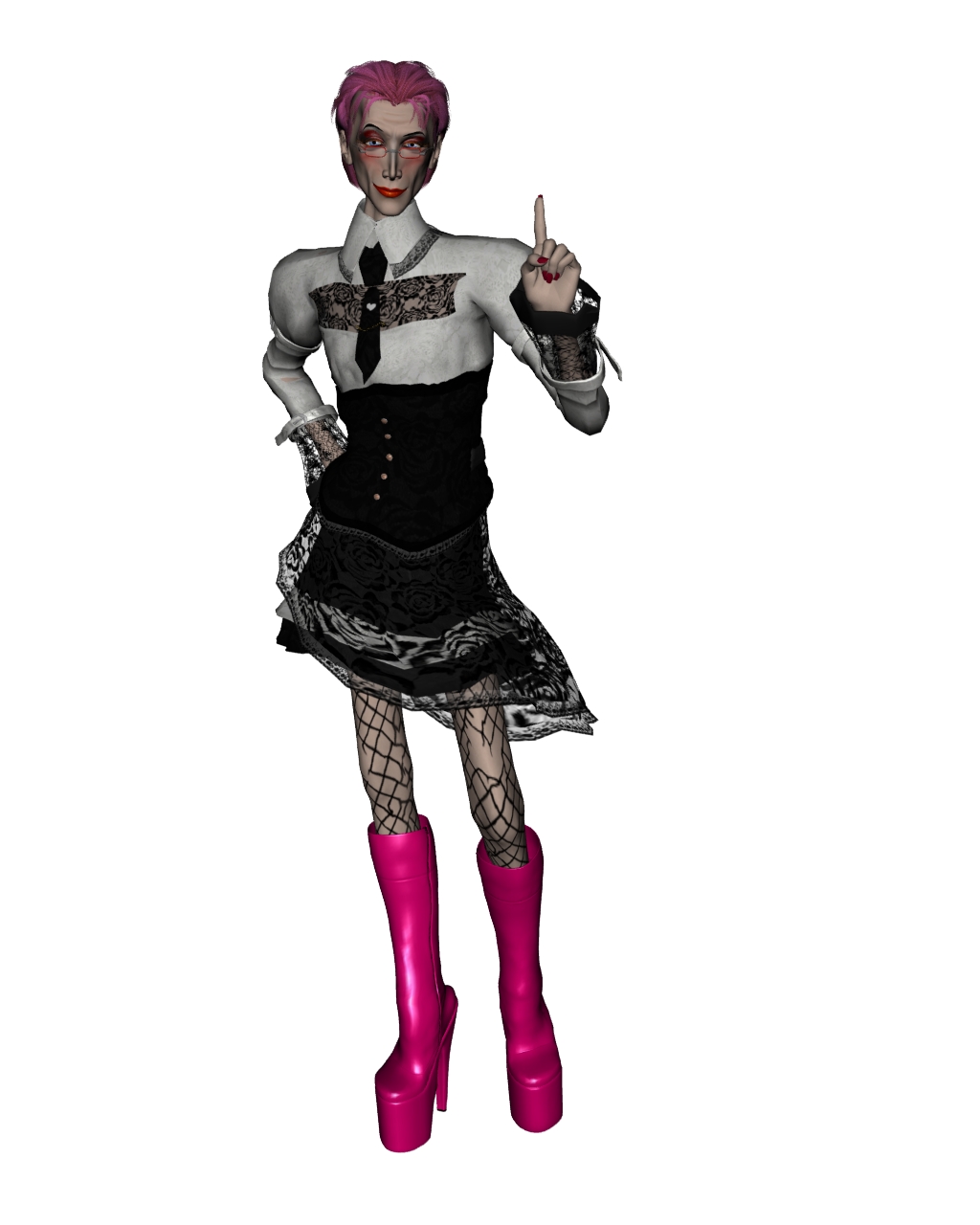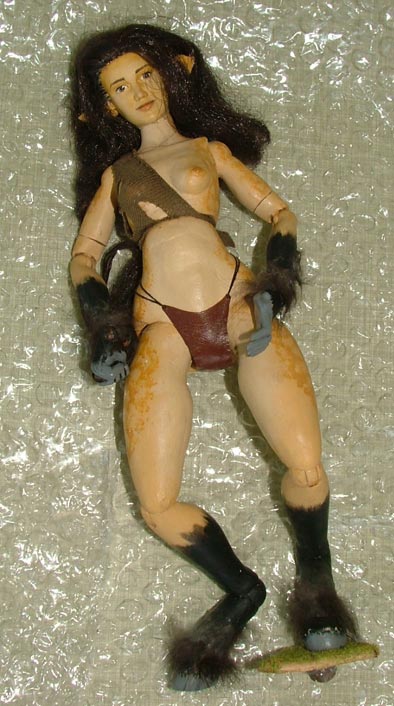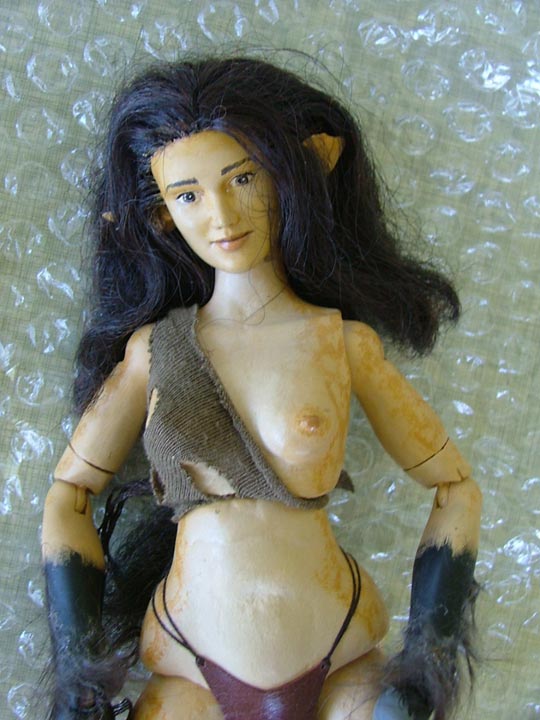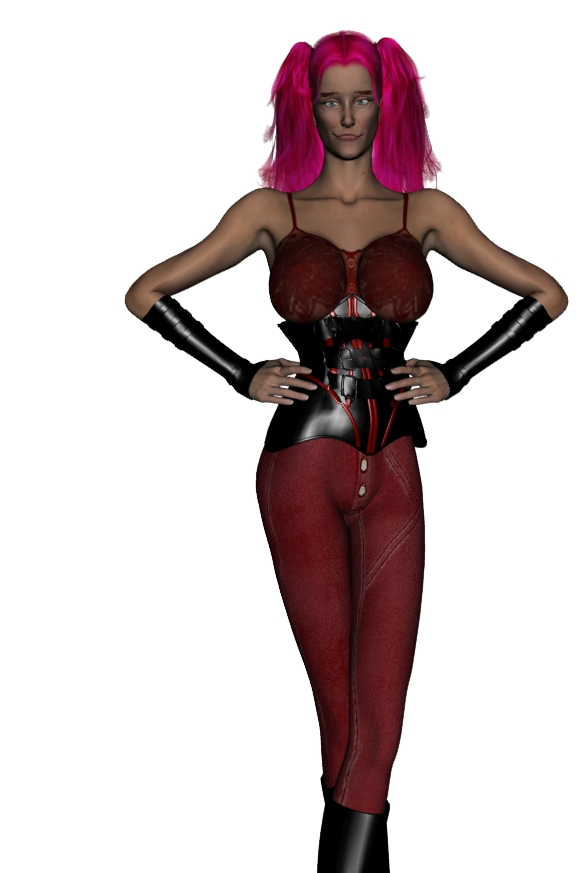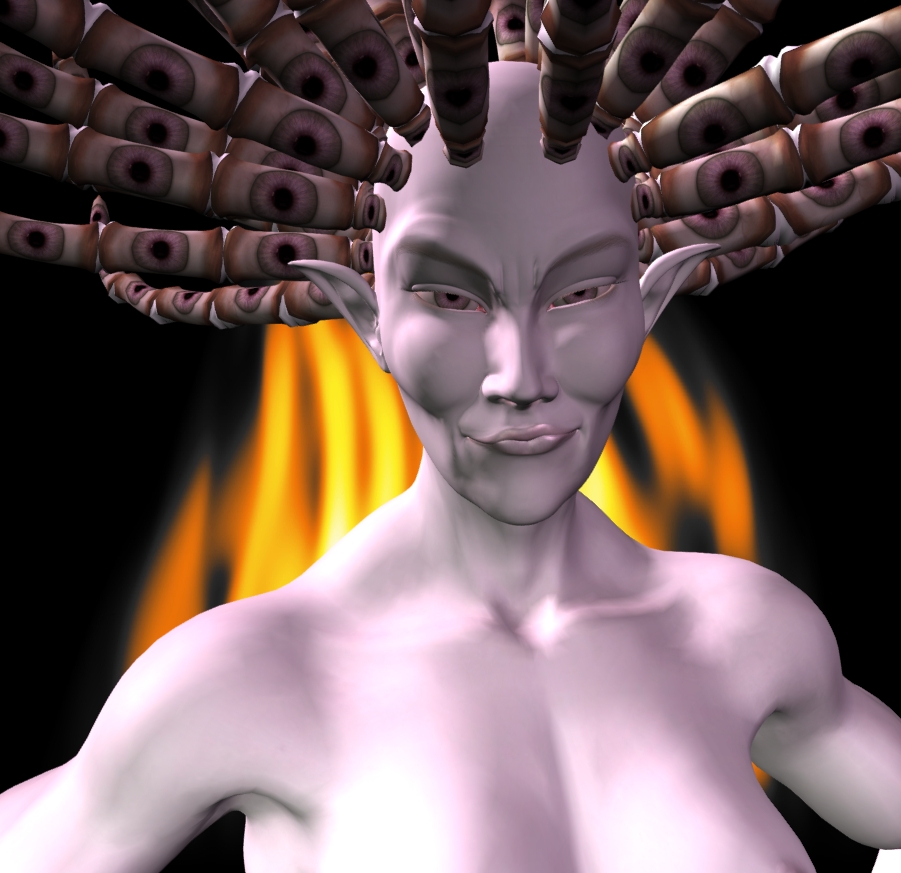Twilight is fan fiction, and from this fan fictional identity derives both its strengths and its weaknesses.
While fan fiction may be strictly defined as unauthorized literary activities with someone else’s characters, I would also define as fan fiction a self-insertion story where the writer uses time-worn literary devices to stick him- or herself into a story, thus fulfilling his/her wishes. This definition of fan fiction thus includes Twilight.
Fan fic of the self-insertion type almost always features a Mary Sue, an idealized character whose high levels of beauty, virtue, personal magnetism and general magic create a narrative vortex from which not even the strongest plot can escape. A bastardized author surrogate, the Mary Sue is not a realistic self-insertion because the Mary Sue’s ideal qualities have no bearing on the author’s actual real-life personality. Nevertheless, Mary Sue can still be seen as a self-insertion because she represents the author’s transparent ideal of a perfect character who receives all the benefits of the narrative.
In her entertaining and informative overview, Too Good To Be True: 150 Years Of Mary Sue, Pat Pflieger lists the common traits of a Mary Sue. Bella Swan, protagonist of Twilight, has almost all of these traits, suggesting that she is a transparently obvious Mary Sue.
To summarize Pflieger’s list:
1. “Her name is distinctive, symbolic, or descriptive — and sometimes uncannily similar to that of her creator.” Isabella Swan certainly counts as a distinctive name. Because Isabella was the name of a Spanish queen and because swans are connoted as graceful, beautiful, pure birds, the symbolic weight of Bella’s name pushes her clearly into idealized territory.
2. A Mary Sue is “physically striking.” In Bella’s case, her black hair and extremely pale skin form a fascinating aesthetic contrast recognizable from thousands of versions of Snow White. With her slight stature and light weight [115 pounds, I think], she epitomizes dainty, frail, childlike femininity.
3. A Mary Sue has excellent brainpower: intelligence, cleverness, psychic powers and/or empathy. While no one can, by any stretch of the imagination, call Bella intelligent or even clever, she does possess a certain type of mental magic. First, for some reason, she is impervious to vampiric mind-reading. Second, she also has enough empathetic perception to realize that Edward is full of bullshit a vampire. Her mental shielding abilities and her sympathetic insights into vampires count as Bella’s special brainpower.
4. A Mary Sue is tough. While Bella may not have much grit, gumption or backbone, she certainly is tough as in indestructible. Nearly crushed by a van, bitten by a vampire and flung across the room, Bella suffers a variety of slams throughout Twilight. But, by the end of the novel, she still has enough energy to limp to her prom, despite several casts.
5. A Mary Sue may have elements of whimsy in her character or things about her that others find endearing. Though I personally am not amused by this, Edward seems quite enchanted by Bella’s tendency to injure herself and faint at inopportune times. Stephenie Meyer may be attempting some whimsy here, but it’s hard to tell.
6. “In these stories, Mary Sue is the center of the known universe.” Despite having no known redeeming qualities, Bella attracts admirers the way that carrion attracts rotting meat. When she wanders in to high school in Forks, guys immediately introduce themselves to her, as do girls. She soon has at least four male admirers, including 2 mortals, 1 werewolf [Jacob, who I knew was a werewolf from the very first time I saw him] and 1 vampire. In time, the entire Cullen clan is orbiting around her, going to drastic lengths to keep her alive. Furthermore, the climax of the book occurs because evil vampires are hunting…guess who? Bella, of course. With a posse of mortal groupies, a gang of vampires catering to her whims and a group of evil vampires setting her in their sights, Bella is an object for 90% of the cast of Twilight.
Dramatically named, stunningly beautiful, unusually empathetic, indefatigably full of endurance, charmingly klutzy, not to mention charismatic to good and evil characters alike, Bella is obviously a Mary Sue.
In fact, Stephenie Meyer even says as much on Web site where she writes in an essay called The Story Behind Twilight, “For my vampire (who I was in love with from day one) I decided to use a name that had once been considered romantic, but had fallen out of popularity for decades [emphasis mine].” While Meyer claims elsewhere in this essay that her characters “won’t shut up” and that they behave like invisible friends, she tellingly does not ever say that she is “in love” with Bella. Did you get that? She is just “in love” with Edward.
Some simple math shows us how this casual statement proves Twilight is a self-insertion fic. Meyer is “in love” with Edward. Bella, her character, is “in love” with Edward. Since Meyer wishes to experience the type of all-consuming lust and passion that she only dreams about [aforementioned essay describes how the climactic chapter and central concept of Twilight came to her in a dream], she uses Bella to get into the story and experience being “in love” with the sparkly glitter vampire. Bella is [an idealized author surrogate for] Meyer.
Some time later I will discuss how Twilight as fan fiction informs the work’s strengths and weaknesses.
Previous discussions of Mary Sues are here [Mary Sue quiz] and here [why Mary Sue has to die]. A general discussion of literary tropes is here [tvtropes.com applied to LHF].
Previous entries in the series on my Twilight mini-obsession are here: #1, #2, #3, #4 and #5.

